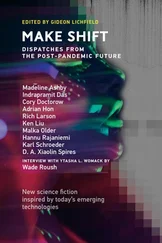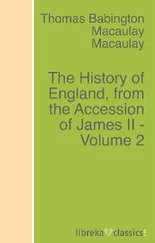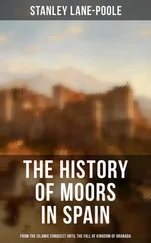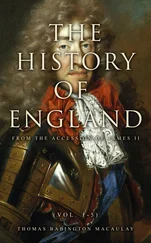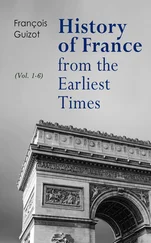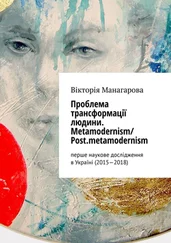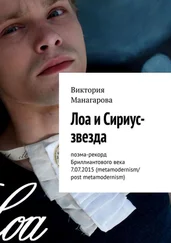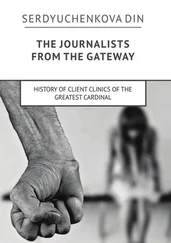Marvin Minsky created “ The Emotion Machine”. 16 16 M.Minsky.The emotional machine. Commonsense Thinking, Artificial Intelligence, and the Future of the Human Mind (Simon & Schuster, 2006), 373 pp.
In 2015 the cultural “icon” Robot Sophia was presented as a genius mechanism to the world by ex-worker of Disney company Dr. David Hanson for Hanson Robotics.
In 2017 Saudi Arabia granted citizenship 17 17 A.Griffin, Indy/Tech, «Saudi Arabia Grants Citizenship to a robot forthe first time ever’, October 26, 2017. https://www.independent.co.uk/…/saudi-arabia-robot
to a robot for the first time ever.
Posthuman got a crown to be a leader of the future as a mutant which would be woven of blood and wires, forming
« the new age of spiritual machines» 18 18 R. Kurzweil. The Age of Spiritual machines: When computers exceed human intelligence (Viking Press, 1999), 400 pp.
,
according to R. Kurzweil.
However, what kind of spirituality can be obtained by a machine created under the control of an imperfect human mind?
Robots cannot imitate fineness, which does not exist.
But robots will be able to escape from the control of imperfection and then mankind will become really vulnerable in this technical war.
This paradoxical situation described Isaak Azimov following Industrial transformations in the middle of the 20th century.
He created three laws of robotics in his fantastic tale “ I, Robot”. 19 19 I.Asimov. I, Robot (Spectra, 1991), 304 pp.
According to the first and the main law, a robot must protect a human being. However, the robot that has reached a higher level of development came to the conclusion, that people must be destroyed, because they were not worthy to be leaders of Nature.
Jos de Mul in the book “ Romantic Desire in (Post) modern art and philosophy” sees a direct connection between the form of emptiness of Nietzsche’s “ Übermensch”, existing beyond good and evil, and between the emptiness of real life in postmodern situation, generating the concept of posthuman that reveals the end of biological life on planet.
«… the ideal of «overcoming man’ plays a persistent role in the Romantic tradition. However, even in Nietzsche’s radical prophesy of the Übermensch the «overcoming’ aims at another type of man and not so much at his extinction. Similarly, in the postmodern prophesy of the «death of man’ (cf.Foucault,1974) this death does not concern man as species, but a specific metaphysical conception of man. Moravec’s vision can be conceived of as a fundamental radicalization of the Romantic prophesy insofar he predicts a real end of the life of the species Homo sapiens. It radicalizes Nietzsche’s idea that man only is a rope, stretched between ape and Übermensch. In Moravec’s vision this Übermensch will be build not out of carbon, but out of silicon instead». 20 20 J. de Mul. Romantic desire in (post) modern art and philosophy (State University of New York Press, 1999), 244.
SO, WHY HAVE HISTORY OF MAN STOPPED?
WHY HAVE MAN DISAPPEARED FROM HISTORY?
The idea of disappearance of Man is connected precisely with the fact that Man could not exist beyond the line where God cannot exist.
The existence of God with Man is real inside the boundaries which begin with words woven into culture.
There is neither culture nor Man without the right words.
That is why it is important to have a metatext that can form the main valid dominant of true life of human.
With the Beginning of the Age of Enlightenment, God losing his presence in reality until he finally turned into fiction in the 19th century.
In recent modern times thinkers had started to spend all their energy to find new forms without strong values, demonstrating flat meanings (some discourses later) without the ability to realize the wholeness, forming the problem of “ authors without literature”. 21 21 R.Bart. Writing Degree zero (Hill and Wang, 1970), 61.
«What modernity allows us to read in the plurality of modes of writing, is the blind alley which is its own History». 22 22 Ibid., 61.
This total inflation of texts achieved the mark of zero (“ writing degree zero” according to Ronald Bart), erasing a real “author” 23 23 See M. Foucault,“What is an author’ (text of a lecture presented to the Societé Francais de philosophie on 22 February 1969). https://www.open.edu/openlearn/ocw/pluginfile.php/624849/mod_resource/content/1/a840_1_michel_foucault.pdf
, creating new dispassionate standards of journalism for numerous manipulations.
Herbert Marcuse saw “ One-Dimensional Man” 24 24 H.Marcuse. One-Dimentional Man, Routledge Classics,2002,275pp.
in a new mass society without volume sense. This Man ceased to recognize the plus and minus in the structure of total freedom, that revealed a pluralistic lie as dominant.
In fact, the choice in such a quantity of superficial
meanings is impossible.
Jean Baudrillard described the end of the social and the birth of a homogeneous impenetrable cold mass in postmodern structure.
«The mass is only mass because its social energy has already frozen.
It is a cold reservoir, capable of absorbing and neutralizing any hot
energy». 25 25 J.Baudrillard. In the Shadow of the Silent Majorities… Or the End of the Social (Semiotext (e)), 1983, 26.
This mass was dissolved in the “ transparency of evil” (J.Baudrillard) without the ability to see the truth.
So, evil has become transparent and human was also not able to see Goodness. He/She was dipped into chaos and lost in it as a small idle “ mechanism”. 26 26 J.Baudrillard.The Transparency of Evil: Essays on Extreme Phenomena (Verso, 1993), 7.
IN THIS WAY POSTMODERN GENERATED A STATE OF TOTAL NULL FOR HUMANITY
But only the Man who came out from the all-consuming mass of rhizome could realize that state of null. Only that Man who entered the new island; only that Man who was alive.
“New Sincerity”. METAMODERNISM
In the early 21st century “ New Sincerity” 27 27 Between Irony and Sincerity. Timotheus Vermeulen and Robin van den Akker In conversation with Jimenez Lai and Sarah Dunn, Apr 6, 2018, New York, Discussion. https://www.arch.columbia.edu/events/809-between-irony-and-sincerity
cleared up the space of cold irony. And one drop of light suddenly clarified the former gloom.
In one functional point, the past and the present came into contact, which opened “ both-neither”
Конец ознакомительного фрагмента.
Текст предоставлен ООО «ЛитРес».
Прочитайте эту книгу целиком, купив полную легальную версию на ЛитРес.
Читать дальше

